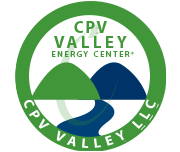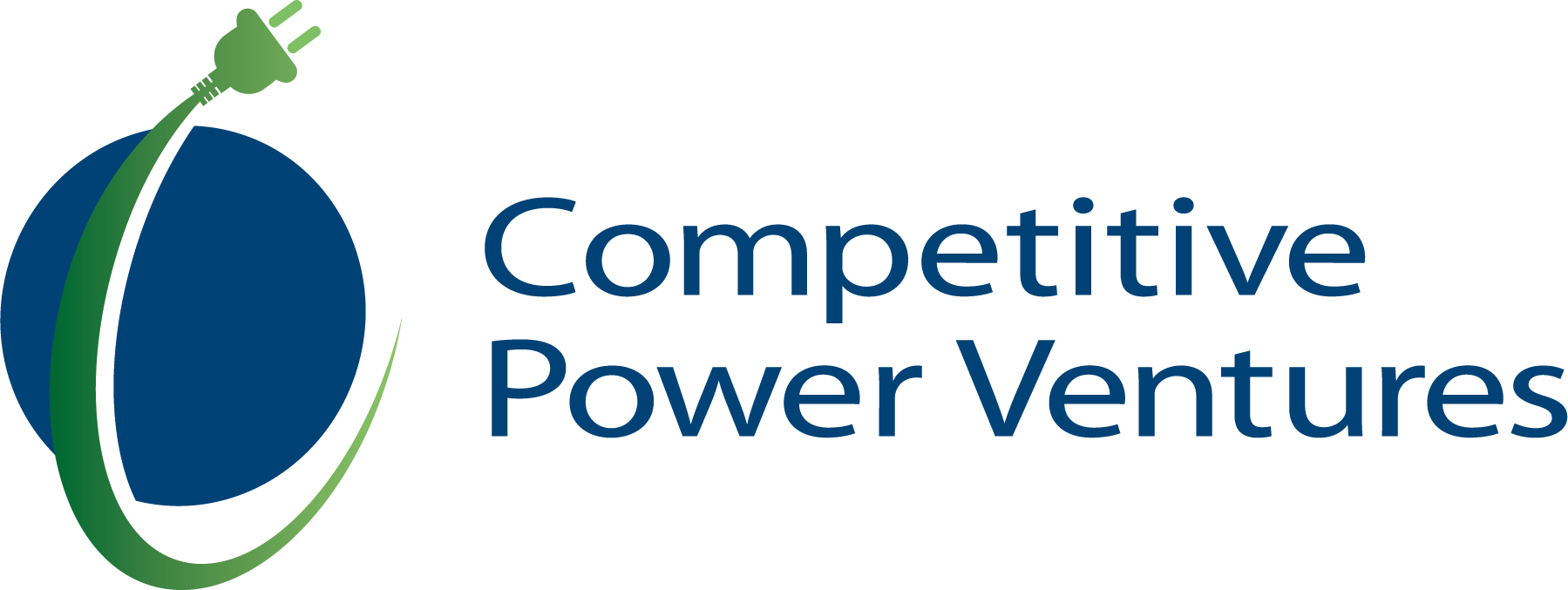
Frequently Asked Questions
The CPV Valley Energy Center (CPV Valley) is a highly efficient, 680-MW state-of-the-art combined-cycle gas power plant. It is located on industrially zoned property on Route 6, on the north side of I-84 and west of 17M, in Wawayanda, New York. This facility is helping meet the growing energy needs of the Lower Hudson Valley region as identified by the New York Independent System Operator. It is also improving the reliability of the state’s electric infrastructure.
A combined cycle electric generator like CPV Valley is a highly efficient assembly of combustion turbines that drive electric generators where the hot exhaust from the combustion turbines is used to generate additional electricity via a steam turbine. The power that generators like this one produce typically displaces power produced by older, less efficient power plants, and helps improve our environment.
This site provides an optimal combination of factors that are important in deciding where best to locate a power generation facility. It is on property that is zoned M1 and complies with the town’s Comprehensive Master Plan. The site provides access to the New York Power Authority’s Marcy transmission lines, to deliver the electricity generated across the region.
CPV Valley is a 680 MW-facility, generating enough electricity to supply over 650,000 homes. The project occupies about 30 acres of a 130-acre parcel, leaving the rest of the site wild. The project has two structures (main building and air-cooled condenser) about 130 feet high. The two emissions stacks are 275 feet high (approximately the height of the nearby Orange & Rockland cell tower).
CPV Valley focused on strong community engagement throughout the permitting process and into operations. Throughout the process there were many opportunities for public participation, comment, and review from residents and relevant stakeholder groups. CPV Valley hosted two informational open houses, along with multiple educational briefings/forums to elected officials, senior groups, first responders, civic organizations, neighbors and anyone interested. The purpose of these meetings was to inform the community about the project, the process and how they could become active participants. Throughout the process we actively informed residents about meetings, important events, and general updates about the project’s process through the media, direct mail and other channels. CPV Valley continues to maintain strong lines of communications with its local elected officials and facility neighbors.
CPV Valley entered a PILOT (Payment in Lieu of Taxes) agreement with Orange County and a host community agreement with the Town of Wawayanda. In addition, CPV Valley also contributes to local first responder and library district taxes. Over its life, the project will contribute approximately $53 million to local tax coffers, making it one of the largest taxpayers in the region. In addition, the project employees 23 full-time, highly skilled employees who live and contribute to the community and another 75 ancillary jobs.
CPV Valley is designed to minimize emissions, and the combined cycle plant is fueled by natural gas. The plant is modern and highly efficient, and helps displace older, less efficient power plants in the region. Because of this, the net effect of the CPV Valley will improve air quality. An independent study conducted by the Brattle Group found that CPV Valley would reduce carbon emissions by 500,000 tons a year.
Modern power plants are surprisingly quiet, and this facility is required to meet all local and state noise quality standards. CPV invested additional resources in the design of the buildings on the site to minimize noise. The project adheres to all state and local noise ordinances.
CPV Valley is designed to conserve water and protect natural resources. As part of our commitment to the environment, we use primarily recycled or “grey” water from the Middletown wastewater treatment facility. For this purpose, we built a direct water loop from the treatment facility to CPV Valley and back again. A small amount of municipal make-up water is used to replenish water that is lost in the power production process.
Natural gas to power the facility comes from the nearby Millennium pipeline. That gas is sourced from across the U.S. and Canada.
Yes. CPV Valley utilizes a proven technology used throughout North America and the world to generate electricity without incident. Safety is a top corporate priority for all CPV facilities. The design, construction and operation of equipment and systems for the proposed project are in accordance with all local and state regulations and include state-of-the-art fire detection, alarm, suppression, and control systems. The local fire department was involved in developing the emergency response plan.
CPV Valley created over 900 new construction jobs (direct) at the peak of the two-and-a-half-year construction period and has a staff of 23 permanent plant staff. The facility also employs approximately 75 contractors to help maintain equipment and buildings.
CPV Valley took approximately 30 months to construct and achieved commercial operation in September 2018.
LEARN MORE ABOUT VALLEY ENERGY CENTER
[wpgmza id=”9″]
